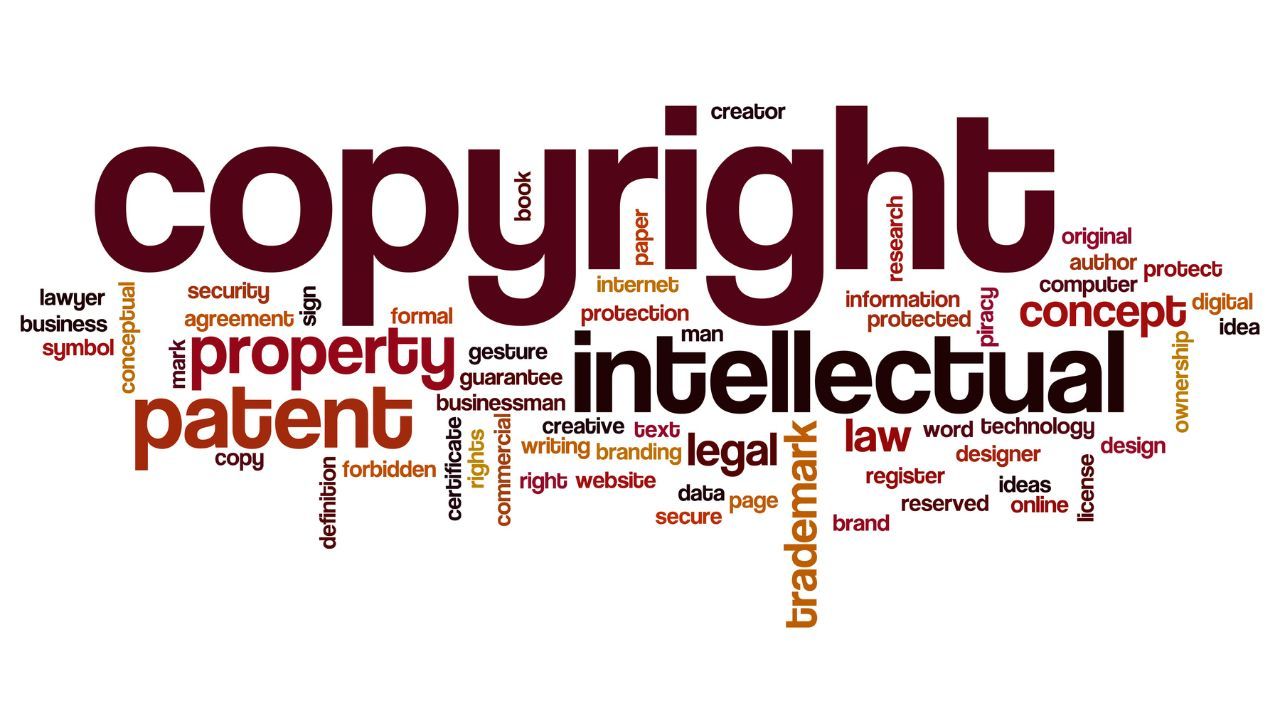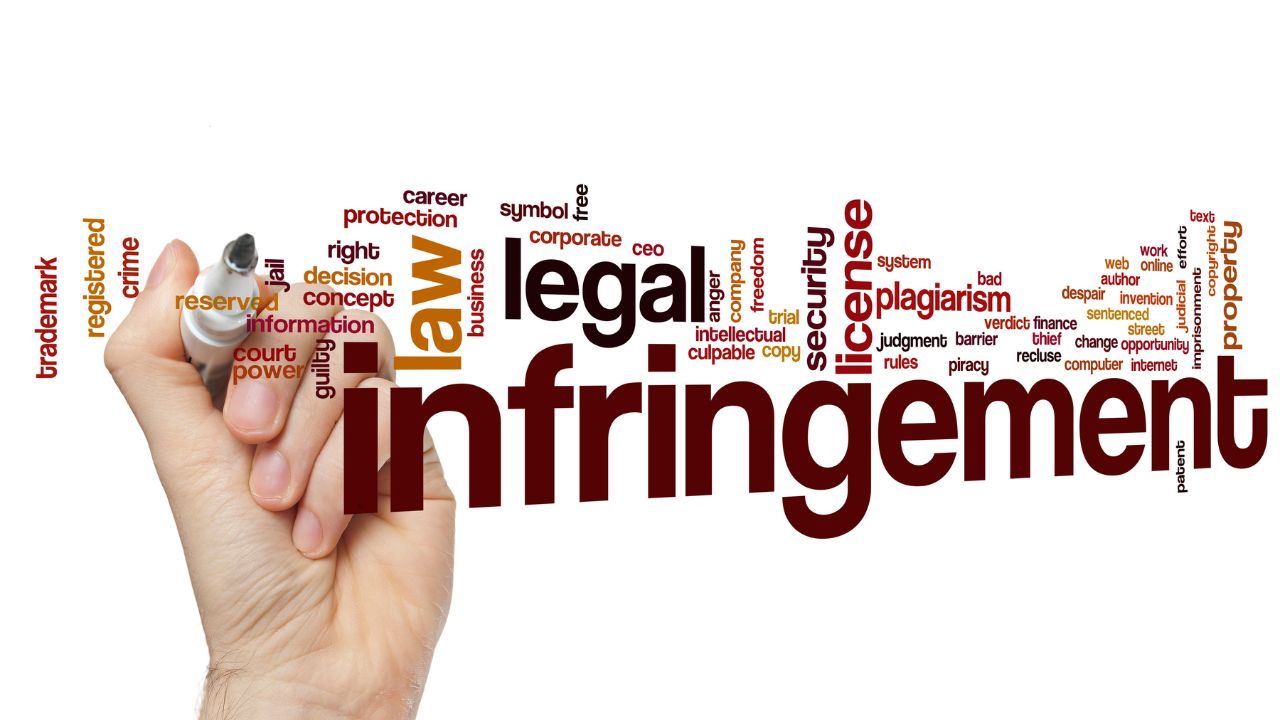How to Protect Your Content & Use Images Legally
Oct 12, 2023
Understanding Copyright
Let’s take a look at what copyright is. Copyright protection results from the expression of an idea. Ideas themselves don’t receive copyright protection, only how those ideas are expressed. Once you share your original idea in tangible form, you automatically have copyright protection in that material. For example, if you have an idea to sell a course about starting an online business, you can’t claim copyright in the idea. Anyone can sell a course about starting an online business. You can only claim copyright in how you create the course about starting an online business and express your original ideas. To learn more about copyright, read my blog, Copyright 101 for Online Coaches and Course Creators: Protecting Your Digital Content from Copycats and Infringers.

Using Images Online and in Social Media
The same concept applies to images. Let’s say you take a photograph of a sunset. You own the copyright in that photograph. If I am standing next to you and take a picture of the same sunset, I own the copyright in my picture. This is true even if both photographs look essentially identical as we were standing next to each other when we took them. When you see images published on the Internet, whether on someone’s website or social media post, someone owns the copyright to that image. Even an image that seems to have no real artistic or creative value is afforded copyright protection to the person who created and published the image. When that image is posted or published online, it is (hopefully) either owned by the person who has published it, because they took the photograph themselves, or it is being used pursuant to a license (or permission) granted to them by the owner of the photograph.

Using Images Without a License or Permission is Copyright Infringement
It can be tempting to simply right-click on a photo, download it, and then upload it to your website or social post. But this is copyright infringement. Even if you give attribution to the source of the photo, if you do not have permission to use it, it’s copyright infringement. Note that this is different from sharing a post within a platform, for example on FaceBook or Instagram. In this case, you are not taking the photograph out of its original location and using it either on your own post or website, but instead are sharing within the platform, the source of the photograph can be identified, and you are using the platform as it was intended to be used.
Many photographers register their images with the U.S. Copyright Office. Once the image has the protection of copyright registration, the owner of the copyright can bring a claim against an infringer and be awarded statutory damages ranging from $200 to $150,000, and they may also be awarded their attorneys’ fees and court costs. These damages are automatic, and the owner of the copyright does not have to prove that they suffered any actual harm by your use of the image. The mere fact that you used it without permission or a license entitles them to damages. If the infringement was unknowing, and not willful, the damages will be lower, but it’s not a situation you want to find yourself in.
![]()
Using Images Legally
The legal and safe way to use images is to locate them on a platform that provides you with a license to use them commercially. Examples are Canva, Unsplash, Pexels and others. You’ll need to review the terms of the licenses carefully to understand how you can use the image, and whether there are any restrictions such as time (do you need to have a current subscription) or use (for example, it’s okay to use the image on your website, but not as part of a logo you plan to trademark) or requirements to give attribution to the photographer.
When choosing a site to source your images from, be sure to use a reputable one and read the license agreement carefully. There are scams out there, and they work something like this. Thousands of images are registered for copyright protection, which is easy to do because they can be registered in bulk. The owner sets up a website that offers the images for free. Subsequently the website is taken down, and chances are the people who downloaded the images did not keep track of where they got them from or keep a copy of the license. The owner of the images then searches the Internet for use of these images, and then hires attorneys to send letters to everyone using these images. Some may respond by including the license and when they sourced the image pursuant to this license and the whole situation goes away, but most will not have any record of the license or even remember where they obtained the image. The letter will threaten legal action unless the person using the image pays a fee, usually several hundred dollars or even a few thousand dollars, to settle the matter and get a release form the owner of the copyright. This may sound outrageous but I’ve seen it happen to a business owner. To avoid this, use only reputable sites to access images and keep track of where your images come from in case any questions come up later.

Protecting Your Own Content
When you hit publish on your original content, you own the copyright in that content. This is true of your blog post, images you take yourself, your podcast, graphics you design, etc. For your most important content, consider registering it with the U.S. Copyright Office. Registration gives you added protections in case you need to enforce your rights against infringers. In order to sue someone for copyright infringement, you will need to have registered the work. Without registration, you can send emails, cease and desist letters, and even DMCA takedown letters (which may or may not be effective). It also helps if you have strong terms and conditions on your website. These terms and conditions will put visitors on notice that the content on your website is your original work and that visitors to your site cannot use it without your permission. For more information about website terms and conditions and other website policies, read my Blog, Your Website Trilogy of Legal Documents: Creating Trust, Legal Protection and Compliance - Part II Essential Terms of Use. This Blog is part of a 3-part series on protecting your website.

Protecting Your Business
As an online course creator, coach, membership site or 1:1 service provider, your digital content is your biggest asset. You’ll want to take steps to protect your most important content, by registering it with the U.S. Copyright Office, and you’ll want to take steps to protect your business by using other content and images legally.


